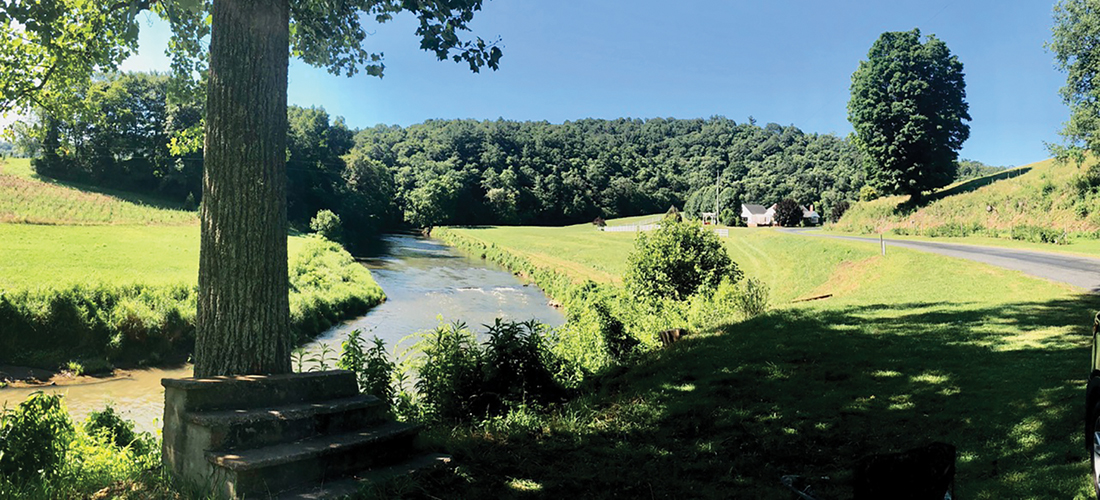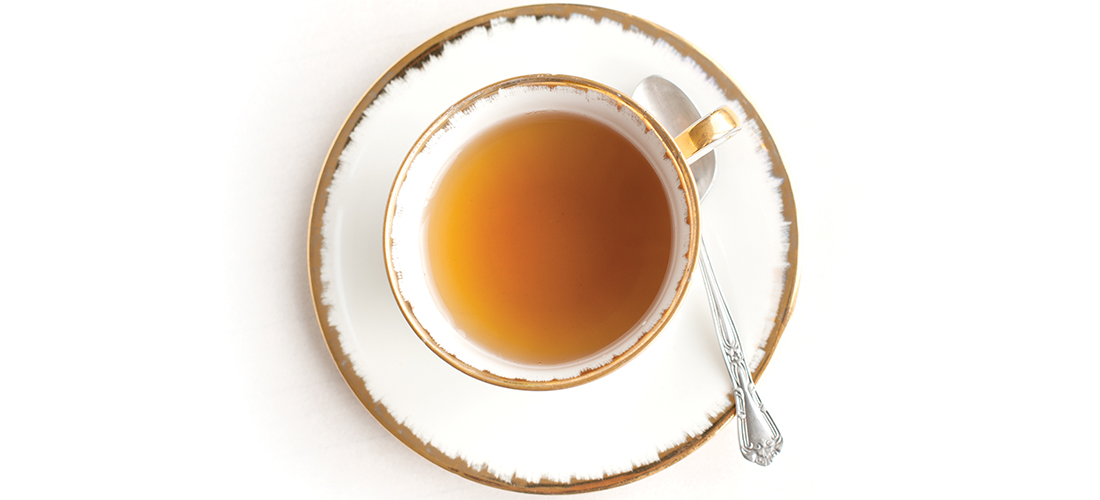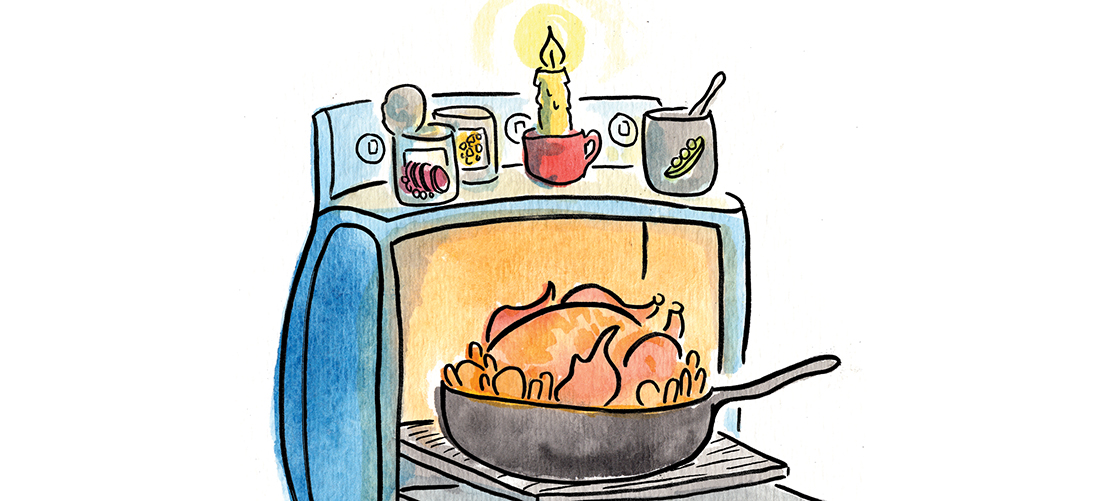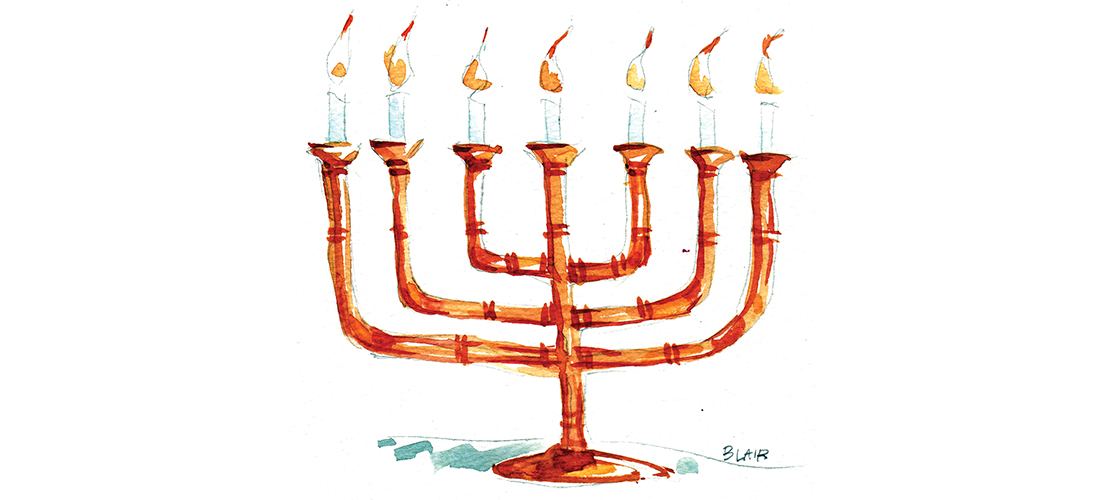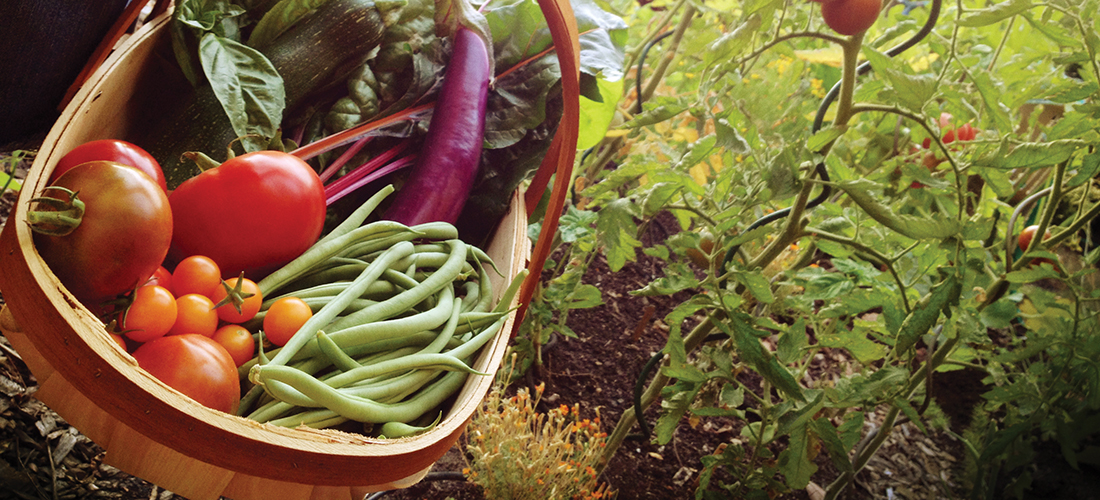Mothers of Invention
Who really thought of that?
By Michael Smith
You’ve probably read somewhere that back in 1948, Swiss engineer Georges de Mestral invented Velcro, portmanteau of the French velours and crochet — velvet and hook. He did that after a walk in the Alps with his pup when he noticed how burs had attached to his socks and to his dog’s fur. Velcro is strong. It can be stronger, much stronger, depending on the length of the hooks and the fuzziness of whatever the hooks hook into. In fact, a person wearing a suit with hooks on the back, after aligned with a fuzzy wall, was actually lifted and stuck on the wall.
You may or may not have read that Abe Lincoln was issued U.S. Patent 6,469 for his invention designed to buoy boats over river shoals; or that Einstein (yes, that one) co-invented a refrigerator that had no working parts and needed no freon — ding! U.S. Patent 1,781,541; or that Thomas Paine, ever full of common sense, received U.S. Patent 1667 for his plans for a bridge with a single arch and lattice support structure mimicking a spider web; or that Harry Houdini invented a two-part deep-sea diving suit that gave a diver a safe way to get out of it if he needed to escape the thing — U.S. Patent 1,370,316.
Unexpected inventors? Yes, well, except for their gender. Guys always get recognition. Take ol’ Ben Franklin. You remember how electrifying that boy was. Or that Wizard of Menlo Park fellow. Women inventors? They don’t get no respect. Yet, there are more female inventors than Carter’s got liver pills. But first let’s give a nod to Mr. Tim Berners-Lee, inventor of the World Wide Web. Hard to imagine life without that. So, let’s check out three women inventors, randomly selected from many.
A great place to start is with Maria E. Beasley (1847 – 1904). Maria scored her first but not even close to her last patent in 1878 for, of all things, a barrel-making machine. Suddenly that little lady was knocking down 20 grand a year for that gadget, at a time when the average earnings for a working woman were a whopping three bucks a day. (Here’s the math on that — $3 x 365 = $1,095.) It topped her former dressmaking income, plus, it gave her the freedom to become a serial inventor, chalking up things like foot warmers, cooking pans, anti-derailment devices for trains and two improved life raft designs. Maria also invented a fireproof, compact and foldable, easily stored life raft. Her 1880 raft saved a lot of lives. In fact, they were on the Titanic when it sank and are credited with helping save 706 lives. In 1880, the U.S. Census listed her as an “unemployed housewife.”
Margaret E. Knight also got dissed because of her gender. Knight’s first invention was a safety device for a mechanical loom in a cotton mill where she worked. She invented the device after watching a co-worker stabbed by a part that flew off the loom. Margaret was 12 years old. Though she did not patent the device, it was used extensively by various cotton mills.
Of her 27 patents, she is best known for inventing a machine that folds and glues paper bags so they have a flat bottom. At that time, she worked at the Columbia Paper Bag company in Springfield, Massachusetts. To patent her idea, Margaret needed a metal model of her machine. So, in the machine shop where it was being built, one Charles Annan stole her design and patented it himself. She promptly did the, then, un-ladylike thing of suing for patent infringement. Annan explained to the court that “a woman could not possibly understand the mechanical complexities” of that invention. Margaret won her suit and, in 1870, founded the Eastern Paper Bag Company. Of course, her flat-bottomed paper bags are still in use today.
Over her life, she became the prolific inventor of over a hundred different machines — shoe-cutting machines, machines that counted, a rotary engine and on and on. She was inducted into the National Inventors Hall of Fame. Queen Victoria awarded Margaret the Decoration of the Royal Legion of Honor. When she died, her obituary described her as a “woman Edison.”
Hedwig Eva Maria Kiesler was one lady nobody dissed, well, nobody but U.S. Navy brass. Ubiquitously dubbed the world’s most beautiful woman, she starred in such films as Samson and Delilah, Algiers and Comrade X. You’ve already guessed. And you’re right, of course. It’s Hedy Lamarr.
Who knew that beautiful lady also had a first-rate brain? One person that knew was her “friend,” Howard Hughes. Hughes supported her “tinkering” hobbies by instructing his science engineers to do or make anything Hedy asked for. In return, she designed a new wing shape for Hughes’ planes, to make them more aerodynamic. Other things Lamarr tinkered with included an improved traffic stoplight and a dissolvable tablet like Alka-Seltzer. But she was posthumously inducted into the National Inventors Hall of Fame for a far more serious invention.
During World War II, Hedy learned that radio-controlled torpedoes could easily be jammed and sent off course. She set about solving that problem with her neighbor, pianist George Antheil. Together, they devised and patented the “Secret Communications System.” Their solution was a system for disguising radio transmissions from the torpedo guidance mechanism to the torpedo by making the signal jump between channels in a prearranged pattern.
Together, they developed a “frequency hopping” signal that would synchronize between transmitter and receiver but could not be traced or jammed. At the heart of their system were slotted paper rolls, like those used in pianolas, self-playing, mechanically operated pianos that used perforated paper to activate the keys. Their system hopped between 88 frequencies, the number of keys on a piano.
When Lamarr and Antheil patented their system in 1941, Hedy used her married name, then Hedy Kiesler Markey. Markey was the second of Hedy’s six husbands. They turned over their patented idea to the U.S. Navy, but the Navy dismissed their system as being too bulky to successfully install in torpedoes.
In 1957, Sylvania scientists resurrected the Lamarr/Antheil idea but substituted electronic circuitry for paper rolls to provide the synchronized signals. The Navy then used the revised system in the Cuba blockade of 1962.
Today, the Lamarr/Antheil patented idea is the core of many systems, including communications satellites and cellphones used by subscribers worldwide. In 1997, Lamarr and Antheil received the Electronic Frontier Foundation Award and the Bulbie Gnass Spirit of Achievement Bronze Award, reserved for those whose inventions have significantly contributed to society.
It is easy to remember inventors that came up with things like how to make a hydrogen bomb, not so easy to remember inventions of ordinary things that changed our lives for the better. It’s even less easy to remember female inventors, like, for example, Stephanie Kwolek, who invented Kevlar, Mary Anderson, the lady who invented windshield wipers, or Josephine Cochrane, who came up with the mechanical dishwasher that she later sold to KitchenAid. PS
Michael Smith lives in Talamore, Southern Pines, with his wife, Judee. They moved here in 2017 and wish they had moved here years earlier.


